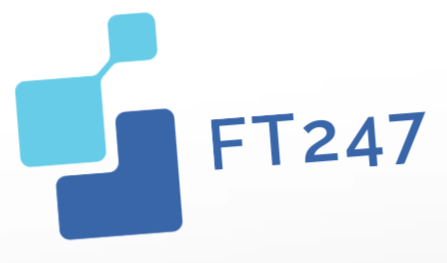Introduction to AI Applications
Artificial Intelligence (AI) is revolutionizing various industries by enhancing capabilities and automating processes. Developing AI applications requires robust frameworks that facilitate deep learning and machine learning. Two of the most popular frameworks for building AI applications are TensorFlow and PyTorch. This report provides a detailed overview of both frameworks, their features, use cases, and financial implications, alongside a comparative analysis to help developers decide which framework to use.
Overview of TensorFlow
TensorFlow, developed by Google Brain, is an open-source framework widely used for machine learning and deep learning applications. It provides a comprehensive ecosystem of tools, libraries, and community resources that enable developers to build and deploy AI applications efficiently.
Key Features of TensorFlow
1. **Flexibility**: TensorFlow supports multiple programming languages, including Python, C++, and Java, allowing developers to work in an environment that suits them best.
2. **Scalability**: TensorFlow’s architecture is designed for scalability, enabling developers to train models on large datasets using distributed computing.
3. **Model Deployment**: TensorFlow Serving allows for easy model deployment, making it simple to integrate AI models into applications.
4. **TensorFlow Lite**: This feature is specifically designed for mobile and embedded devices, optimizing models for performance on lower power and resource-constrained environments.
Use Cases of TensorFlow
TensorFlow is used across various industries for applications such as:
– **Healthcare**: Predictive analytics for patient diagnosis and personalized medicine.
– **Finance**: Fraud detection and algorithmic trading systems.
– **Retail**: Recommendation systems and customer behavior analytics.
Overview of PyTorch
PyTorch, developed by Facebook’s AI Research lab, is another leading open-source machine learning framework. It is favored for its dynamic computation graph, which allows for more flexibility during model development.
Key Features of PyTorch
1. **Dynamic Computation Graphs**: PyTorch allows developers to change the network architecture during runtime, which is particularly beneficial for complex models.
2. **Easy to Learn**: With a more Pythonic approach, PyTorch is easier for beginners to grasp compared to TensorFlow.
3. **Strong Community Support**: PyTorch has a rapidly growing user base and community contributions, which enhance its library of pre-trained models and resources.
4. **Integration with Python Libraries**: PyTorch works seamlessly with popular Python libraries such as NumPy and SciPy, making it an attractive choice for data scientists.
Use Cases of PyTorch
PyTorch is utilized in various applications including:
– **Natural Language Processing (NLP)**: Building chatbots or language translation systems.
– **Computer Vision**: Image classification, object detection, and segmentation applications.
– **Reinforcement Learning**: Training AI agents in simulated environments.
Comparative Analysis of TensorFlow and PyTorch
When deciding between TensorFlow and PyTorch, several factors come into play:
Performance
Both frameworks provide high performance; however, TensorFlow is often preferred for production-level deployment due to its robust serving capabilities. PyTorch, with its dynamic graph, allows for faster experimentation but may require additional effort to deploy models in production.
Learning Curve
PyTorch is generally considered more accessible for beginners, while TensorFlow has a steeper learning curve but offers more comprehensive tools for deployment and scalability.
Community and Ecosystem
TensorFlow has a more extensive ecosystem with tools like TensorBoard for visualization and TensorFlow Extended (TFX) for production pipelines. PyTorch, however, has a rapidly growing community that contributes to its ecosystem, particularly in research.
Financial Implications of Developing AI Applications
The financial aspects of developing AI applications using TensorFlow or PyTorch can vary significantly based on factors such as team size, infrastructure costs, and the complexity of the application.
Cost of Development
According to a report by McKinsey, companies implementing AI technologies can expect to allocate around 20% of their IT budgets towards AI development. The costs are influenced by:
– **Personnel**: Skilled data scientists and engineers command high salaries, with averages ranging from $100,000 to $150,000 annually.
– **Infrastructure**: Cloud services like AWS or Google Cloud can cost between $0.10 and $3.00 per hour for GPU instances, depending on the provider and specifications.
– **Time**: The development time for AI applications can range from a few weeks to several months, impacting total costs.
Return on Investment (ROI)
The potential ROI from AI investments can be substantial. Industries like finance and healthcare have reported ROI of up to 300% when implementing AI solutions. For example, AI-driven predictive analytics in healthcare can lead to significant cost savings by improving patient outcomes and reducing readmission rates.
Conclusion
Both TensorFlow and PyTorch are powerful tools for developing AI applications, each with its strengths and weaknesses. TensorFlow excels in production environments and scalability, while PyTorch is favored for research and ease of use. The choice between the two frameworks will depend largely on the specific needs of the project, the expertise of the development team, and the desired outcomes.
As AI continues to evolve, keeping abreast of the latest developments in these frameworks will be essential for developers looking to leverage the full potential of artificial intelligence in their applications.

